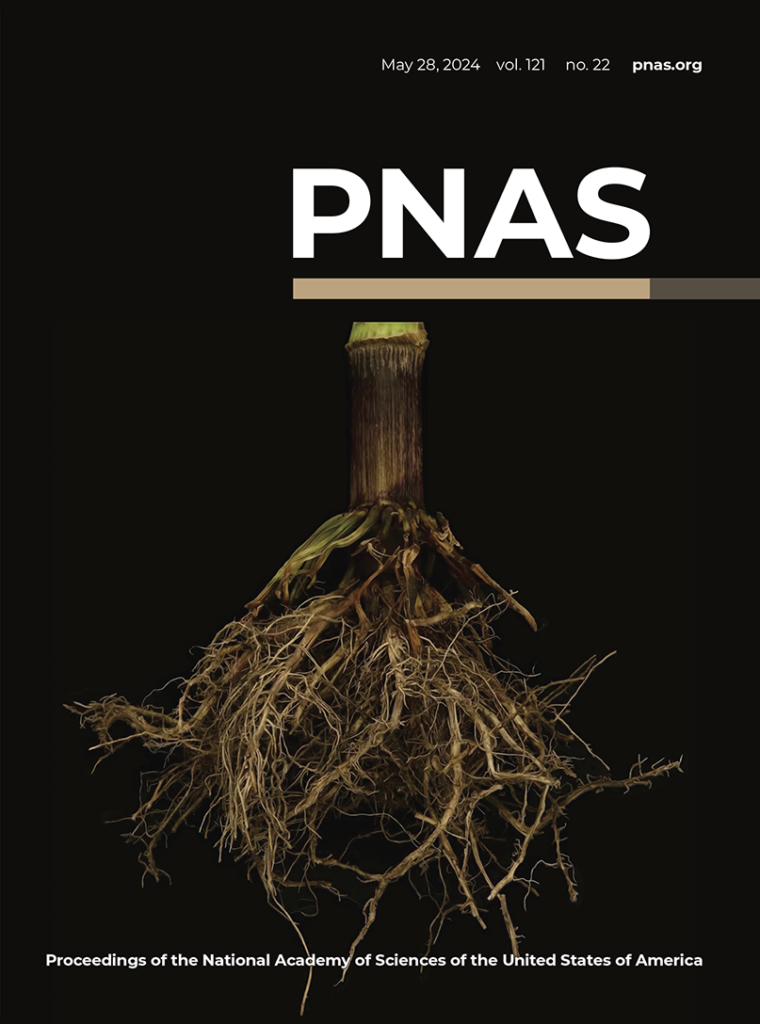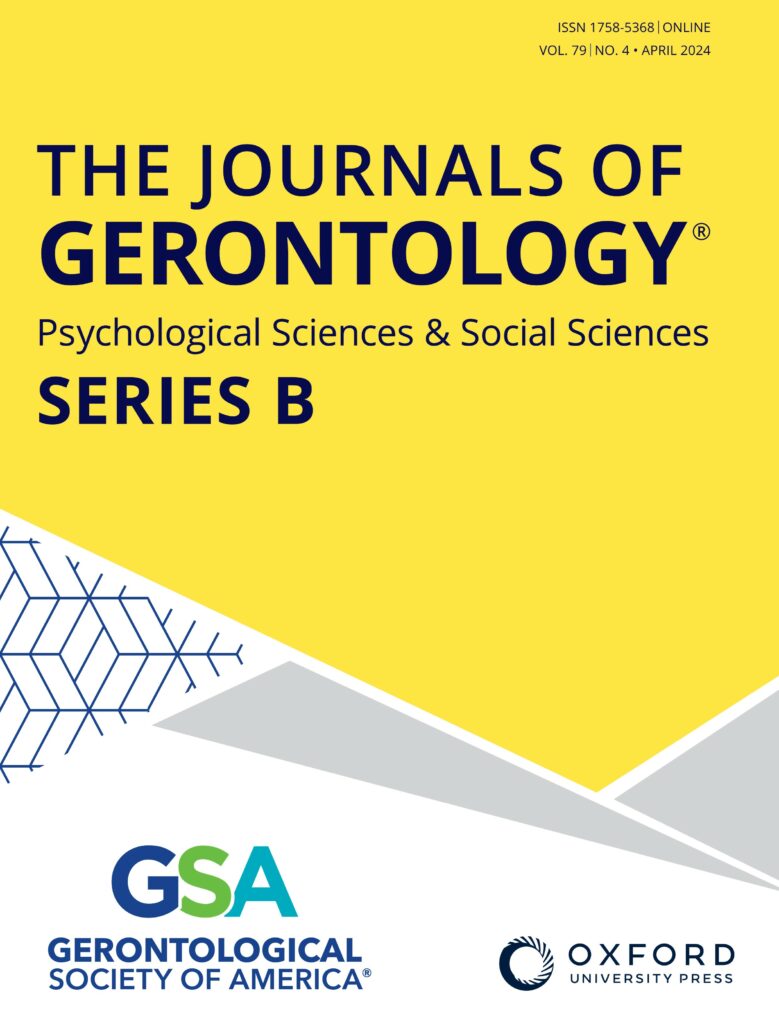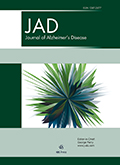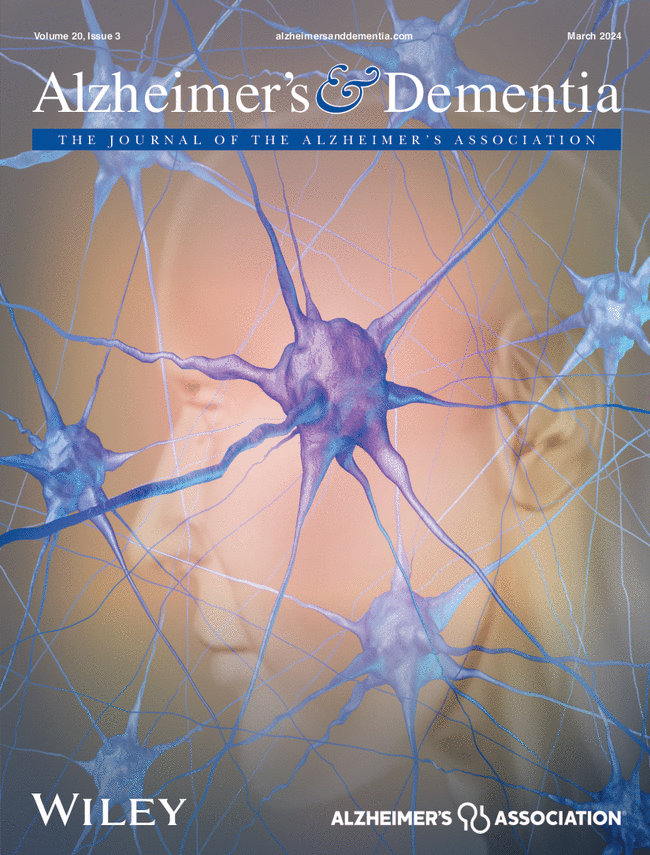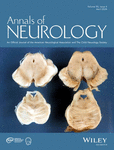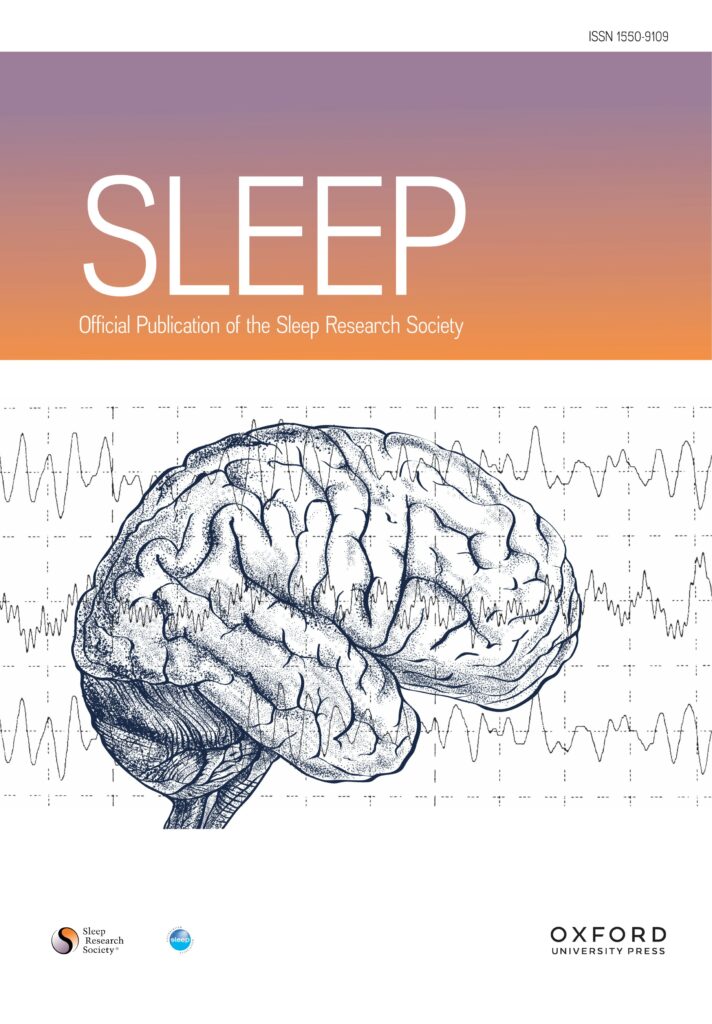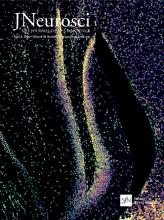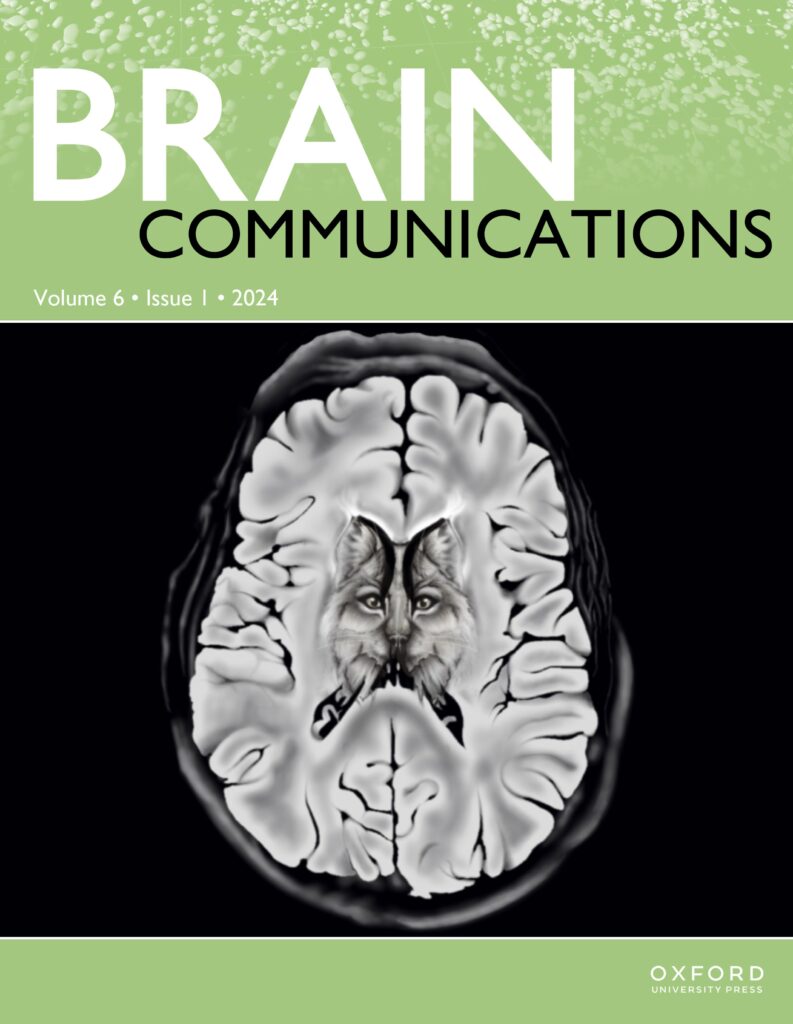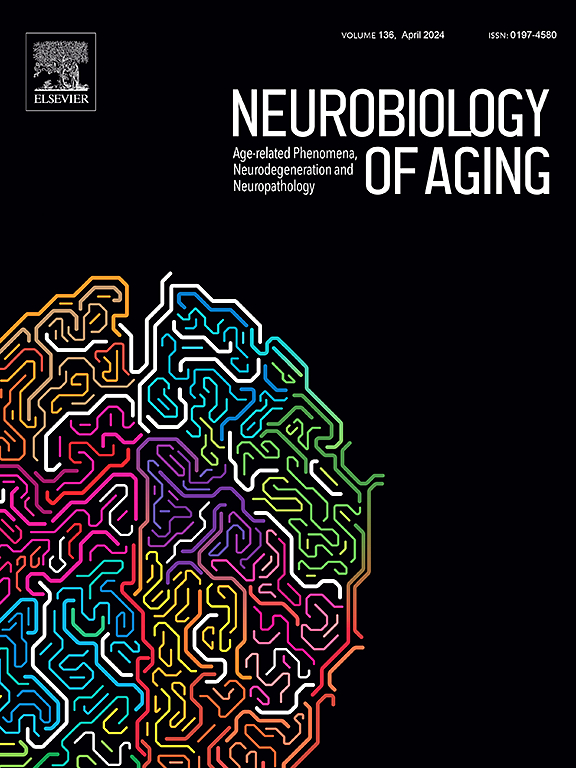Locus coeruleus integrity is related to an exploitation-based decision-making bias in older adulthood. (Turner GR. et al., 2024)
Citation : Turner, G. R., Hewan, P., Wearn, A., van Dooren, R., Wyatt, L., Leppert, I. R., Baracchini, G., Hughes, C., Williams, K. M., Sylvain, E., Tremblay-Mercier, J., Poirier, J., Villeneuve, S., Tardif, C., Spreng, R. N., & PREVENT-AD Research Group (2024). Locus coeruleus integrity is related to an exploitation-based decision-making bias in older adulthood. Proceedings […]

